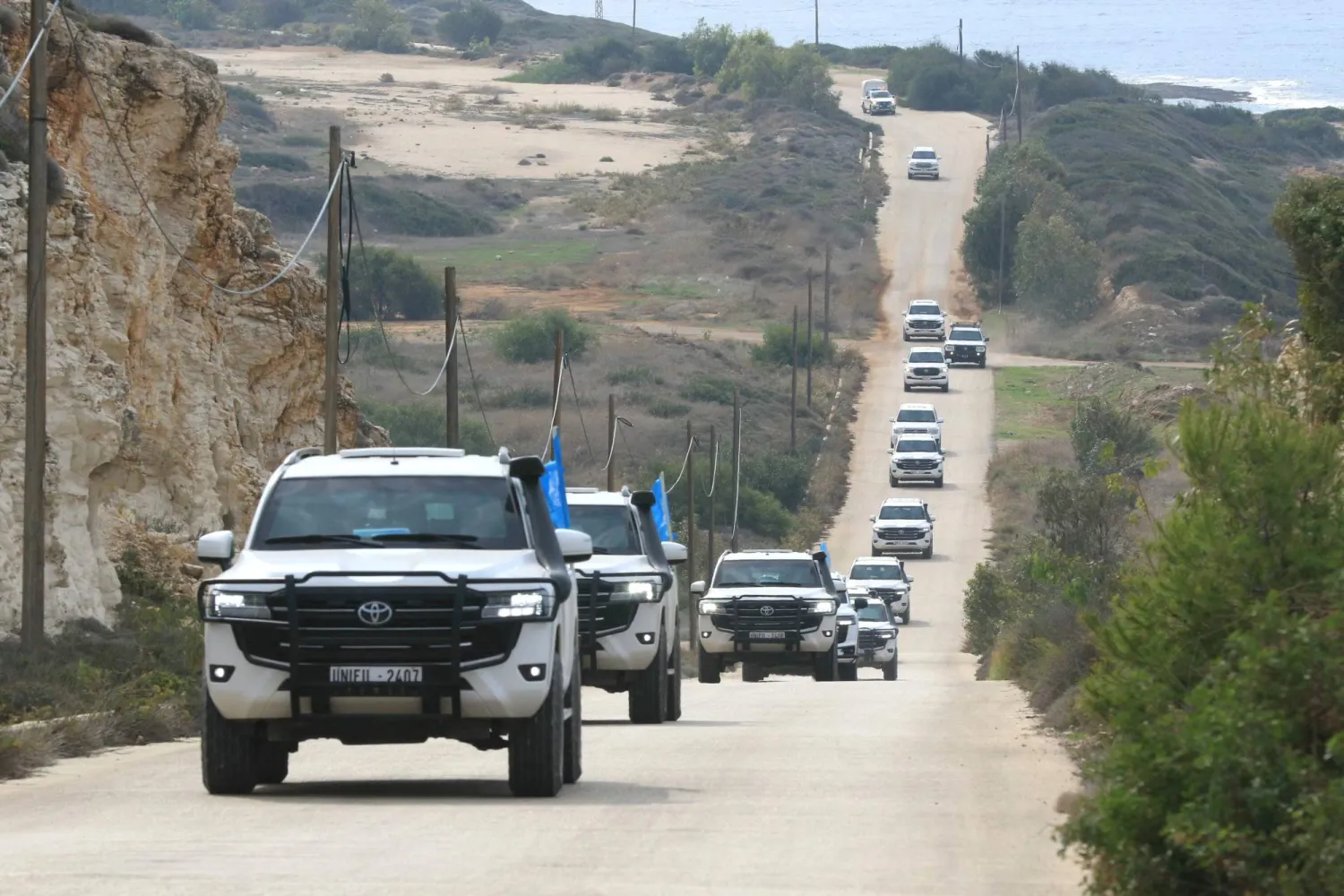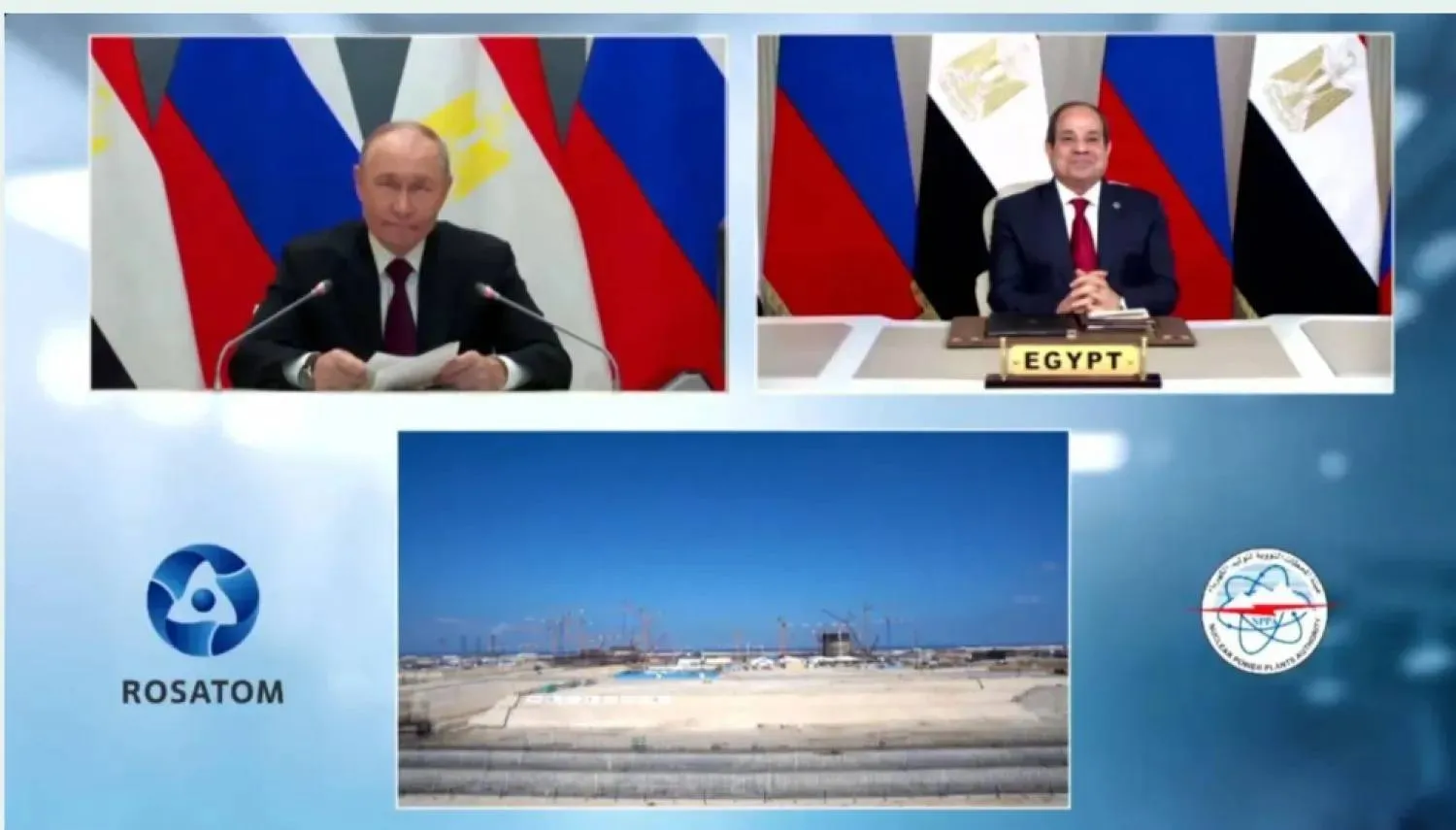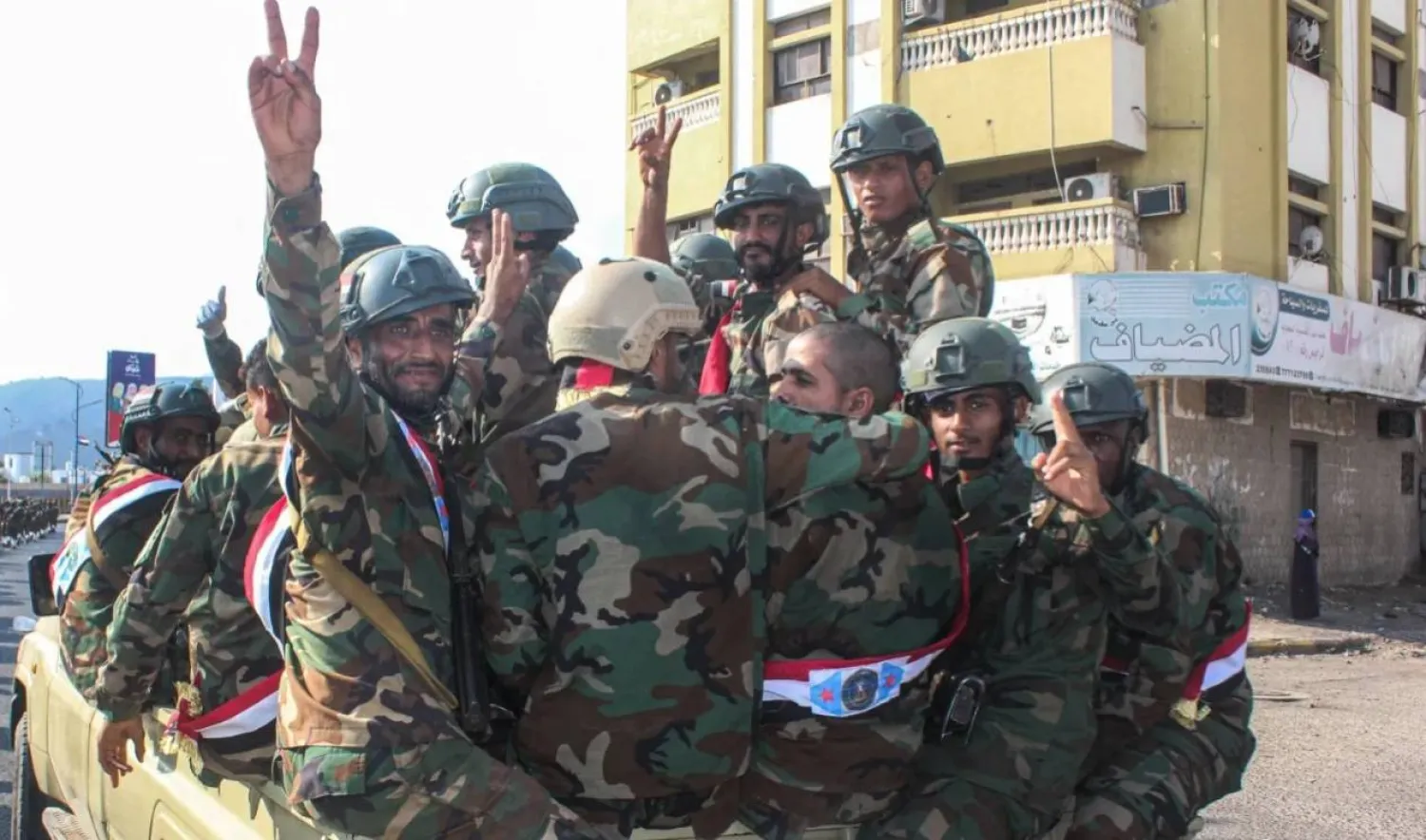Egypt and Russia discussed developments in Sudan, Syria, Lebanon and Gaza on Friday during a phone call between Egyptian Foreign Minister Badr Abdelatty and his Russian counterpart Sergei Lavrov, in the latest round of ongoing coordination and consultations between the two countries on bilateral ties and regional and international issues of mutual concern.
The Egyptian Foreign Ministry said the call covered the close relationship between Egypt and Russia, which it said has gained growing momentum across various areas of cooperation, particularly economic and trade fields.
Abdelatty expressed Egypt’s pride in the strategic partnership binding the two countries, describing it as the governing framework for bilateral cooperation across multiple sectors.
He stressed the need to continue joint work to advance ongoing projects, notably the Dabaa nuclear plant, in order to boost Russian investment in Egypt and expand cooperation between both sides.
Last month, Egyptian President Abdel Fattah al-Sisi and Russian President Vladimir Putin witnessed via video conference the installation of the pressure vessel for the first reactor unit at the nuclear plant, as well as the signing of the nuclear fuel procurement order.
Experts described the step as the first milestone toward nuclear energy production.
El-Dabaa plant is Egypt’s first nuclear power facility, located in the town of Dabaa in Marsa Matrouh governorate on the Mediterranean coast. Russia and Egypt signed a cooperation agreement in November 2015 to build the plant, with the contracts entering into force in December 2017.
Abdelatty underscored during Friday’s call the importance of implementing UN Security Council Resolution 2803 and moving ahead with the second phase of the US president’s peace plan for Gaza, noting the need to enable the international stabilization force to carry out its mandate and consolidate the ceasefire.
According to the Foreign Ministry, Abdelatty outlined Egypt’s efforts within the Quad mechanism to stop the conflict and preserve the unity and integrity of the Sudanese state. He also reiterated Egypt’s longstanding position supporting the unity, sovereignty, security and stability of Lebanon.
He renewed Cairo’s call for respecting the unity and sovereignty of Syrian territory and rejecting any actions or interventions that could undermine the country’s stability, urging the activation of a comprehensive political process that meets the aspirations of the Syrian people.
Egypt said in late November that it hoped to see the start of a political process in Sudan without exclusion and reaffirmed its respect for Sudanese sovereignty.
The Quad, which groups Saudi Arabia, Egypt, the United Arab Emirates and the United States, has been working to secure a ceasefire in Sudan.
It held a ministerial meeting in Washington in September and stressed the need to exert every effort to resolve the conflict. In August, it proposed a roadmap calling for a three-month humanitarian truce, followed by a permanent ceasefire, paving the way for a political process and the formation of an independent civilian government within nine months.
The call also touched on developments related to Iran’s nuclear program.
Abdelatty stressed the importance of continued efforts to de-escalate tensions, build confidence and create conditions that offer a real opportunity for diplomatic solutions and the resumption of talks aimed at reaching a comprehensive agreement that accommodates the interests of all parties and contributes to regional security and stability.
Separately, Abdelatty and Lavrov discussed the war in Ukraine.
The Egyptian foreign minister reiterated Cairo’s consistent position that efforts must continue to pursue peaceful settlements to crises through dialogue and diplomatic means in a way that preserves security and stability.









